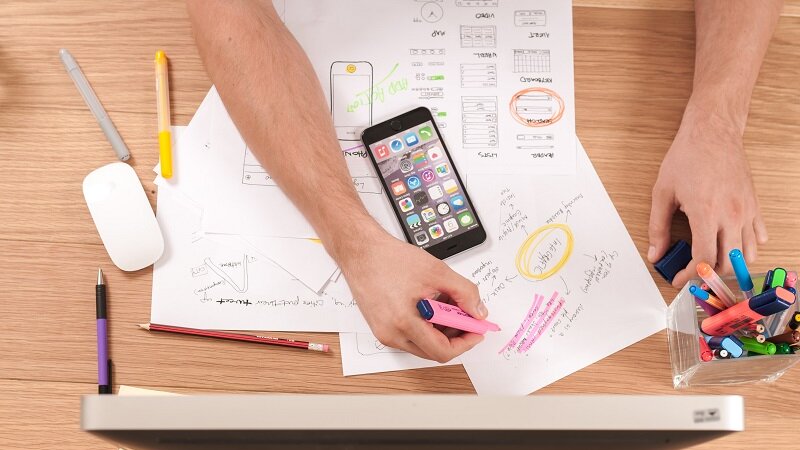Learning Styles: The Visual Learner
Episode #4 of the course The theory of education: Effective learning and teaching by K.C. Finn
As we move into the second learning style profile of the course, it’s important not to make too big a distinction between this new style and the last one. Nothing is ever set in stone when it comes to the wonderful workings of our brains, and many people find that whilst they do have a dominant style, other elements from the remaining two styles will still be effective in enhancing their learning experience. So let’s explore the visual learning style and see how that can add to both learning and teaching.
How Do Visual Learners Differ from Auditory Learners?
If you’re listening to this course in its audio format, then the odds are you know that auditory learning is more your style. If you’re reading this course in its email format, then perhaps visual is closer to your preference. In a technological world, most of us will have had the opportunity to explore these two dominant styles and have come to some sort of preference for how we like to receive our information. As the name suggests, visual learners are more likely to take their work in through reading, imagery, diagrams, and organizational formats, which are pleasing to the eye. Most people have some combination of audio and visual techniques that combine to make their brains highly engaged, which is why the medium of film and television is so popular with so many of us in the modern world.
The Role of the Teacher
Visual learners give their teacher a fantastic opportunity to get creative and show their artistic or technological side by displaying ideas and information in a visually appealing way that makes it stand out in their memory. This can often be the most demanding type of learner to prepare for, but the good news is they’re also the fastest to retain information if you do it right. Online teachers and tutors can adapt these visual techniques to include elements such as screen share, where they can engage with the text, images, and videos on screen to help their learners see how information connects and flows.
Examples of visual teaching techniques:
• Organize displays of information with precise spacing, formatting, and use of color for visual impact.
• Allow your students to make their notes in pictorial and diagram format if they wish to.
• Include physical projects to make layouts and displays, both individually and in groups.
• Incorporate video examples into sessions wherever appropriate.
The Role of the Learner
Visual learners can often be spotted making neatly arranged notes, and are often more concerned with aesthetics when presenting their information and work. There are plenty of techniques that we develop for this style by ourselves. One such hyper-visual technique for organizing information is Bullet Journaling.
Bullet journaling is a prominent visual fashion trend on places like Instagram, but it originates in a crucial organizational skill and valuable learning tool for visual style learners. The general principle involves keeping ideas, tasks, and information in a clean format with plenty of pictorial additions to aid memory. One of the most critical elements in a well-organized bullet journal is white space, which means that you leave nice amounts of space between information panels, and also utilize boxes and borders to keep ideas separate. This eases confusion over different subjects in mind, and the incorporation of bullet points allows you to section off different facts in your memory and recall them later.
Things to try as a visual learner:
• “It may take a little more time to space out my notes accurately, but it will help me absorb information much better in the long run.”
• “I should keep hold of handouts and reread them, using color highlights and notes to enhance my learning.”
• “If I have permission, I should video record demonstrations from my teacher to re-watch and learn from.”
• “I must make time for silent study, and keep my eyes refreshed with plenty of rest breaks.”
In lesson four, we’ve explored the power of visual cues and visual memory, which is certainly a strong suit for a lot of learners, and a vibrant and helpful tool for teachers to use in whatever classroom setting they have. Next up, we visit the rarest learning style profile, but one which opens up a lot of potential for interactivity and hands-on learning: the kinesthetic learning style.
Until then, keep your eyes peeled for learning opportunities!
K.C.
Recommended resource
If you’re starting to wonder which learning style is for you, why not take a quiz to find out?
Share with friends

